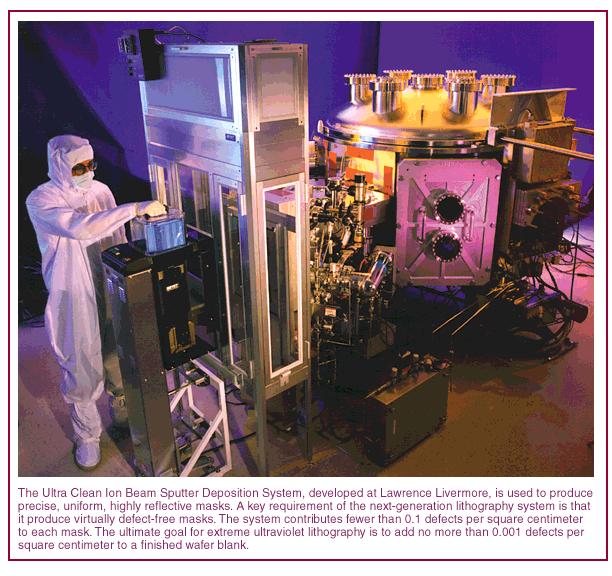In the trends of miniaturization, resolution has become the main critical aspect for lithography process. There are some interesting techniques which help in resolution enhancements and if we combine some of these techniques, we have still possibility to go below 22 nm technology node.
1. Off-axis illumination : In off-axis illumination, the light passes through mask at an oblique angle rather than perpendicularly i.e. light,in this case, is not parallel to the axis of the optical system. This causes all the diffraction orders of light to be tilted and more higher orders are able to pass through the projection lens. As, we know higher order of diffraction contains fine details of images that’s why by this technique, we can get better quality images on the substrate.
2. Optical proximity correction: This is also photo lithography enhancement technique which is used to compensate the errors in the images due to diffraction or process effects. Lens normally acts as low pass filter in which limited amount of higher order spatial frequencies passes for image formation. So, imaging close to the resolution limit of the optical system, we face different errors in the images due to loss of finer details of image which can be provided by higher order spatial frequencies. Errors are actually due to inability of lens to maintain edge placement integrity of the original design causing rounding at the corners, shortening of line at the end, line width roughness, etc. In dense line, lens capture only zero and first order diffraction (not higher order diffraction) so that it causes imbalance in image formation. From optical proximity enhancement techniques, we can solve this problem. If the line on the wafer is thin, we make it thicker on the mask, if lines are too dense on the wafer, we do reverse on the mask, if line is too short, we make it long on the mask. For maintaining edge at the corners, we can place serifs ot hats at the corners on mask.
3. Phase shifted mask: Phase shifted mask are designed to sharpen the intensity profile or thin resist profile, which allows to sharpen the image to be printed. In alternating phase shifted mask, each alternate windows are 180 degree phase shifted in comparison to theirs neighbors so that the effect of adjacent light diffraction will have minimum effect to get sharpen image.
4. Immersion Lithography: In this case, immersion fluid passes between wafer and lens continuously so that lens substantially changes the light path, which enables higher angles of the incident light i.e image can have more finer details. This causes numerical aperture of lens to be larger than 1 thereby improving the resolution.
